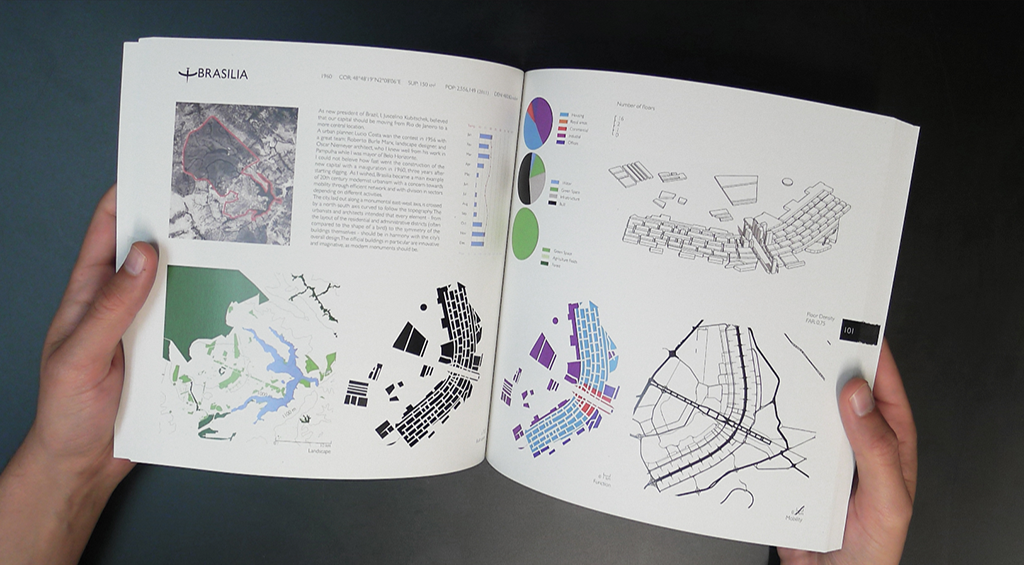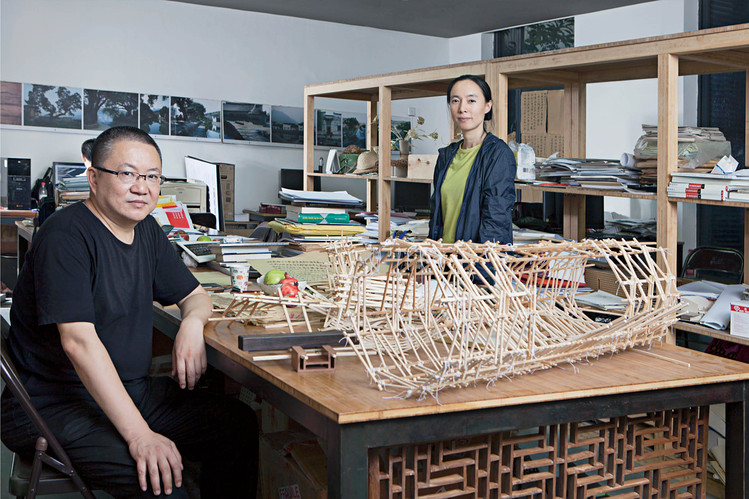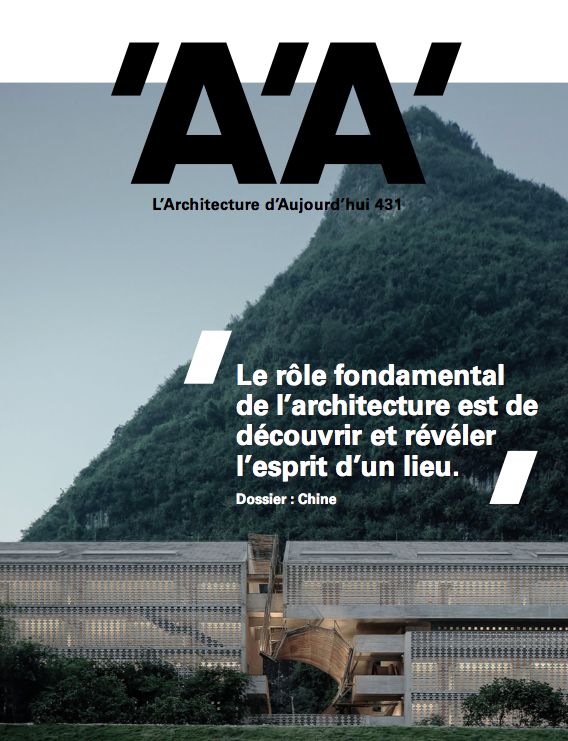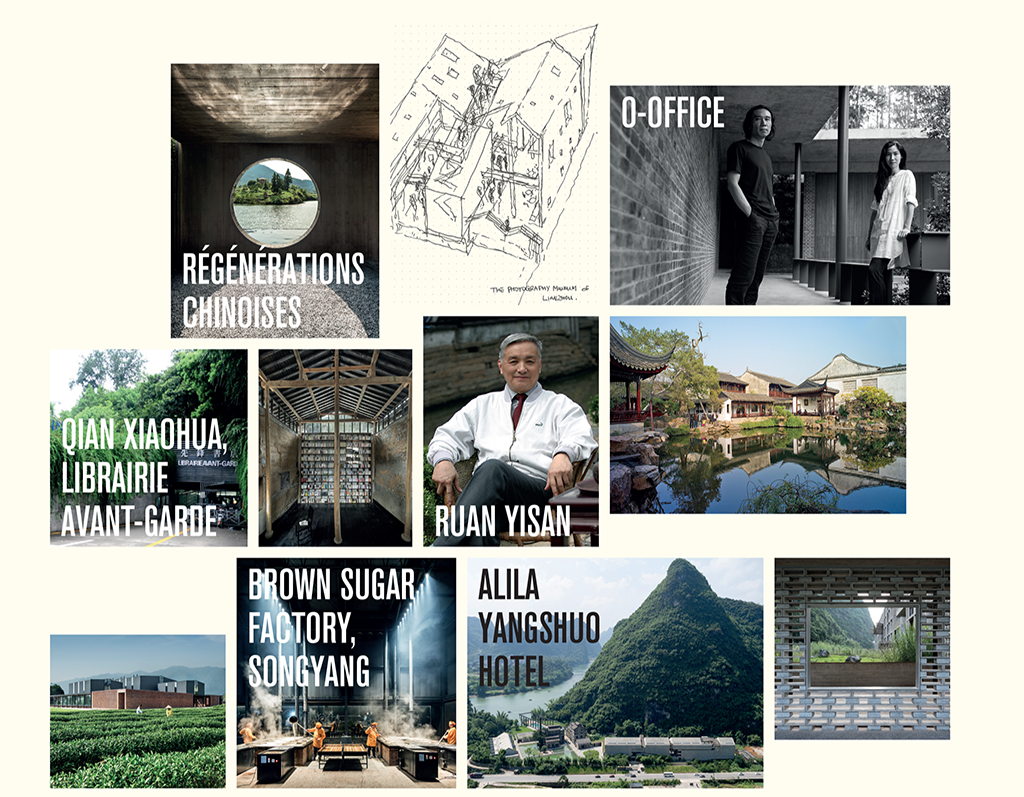Three questions to… Ingrid Taillandier

In addition to heading ITAR architectures office which she founded in Paris in 2006, Ingrid Taillandier has been teaching at the ENSA Paris-La Villette since 2005 and, since 2011, at the ENSA Versailles, where she is in charge of a double French-Chinese master’s degree.
AA: You are in charge of the double French-Chinese master’s degree at the ENSA Versailles, in partnership with Tongji University in Shanghai. Can you tell us more about the subject you are teaching?
Ingrid Taillandier : The Franco-Chinese master programme, for which half of the students are Chinese, leads to two qualifications: the architect’s diploma of the École nationale supérieure d’architecture de Versailles and an urban planning degree from Tongji University in Shanghai. Classes are in English only. Entitled ‘Ecological urbanism’, this master’s programme is focused on sustainable cities. Since its creation five years ago, two major themes have been developed in Versailles: new cities and cities and water. During the year they spend at Tongji, students concentrate on their master thesis for which they pick the subject themselves. It is academic research into urban planning and sociology which aims to compare projects, approaches and cultures between Europe and China. It is based on case studies, interviews and on-site surveys. In addition, a two-week international workshop is generally organised each year with four other schools. We also hold meetings with urban planning offices in Europe each year.
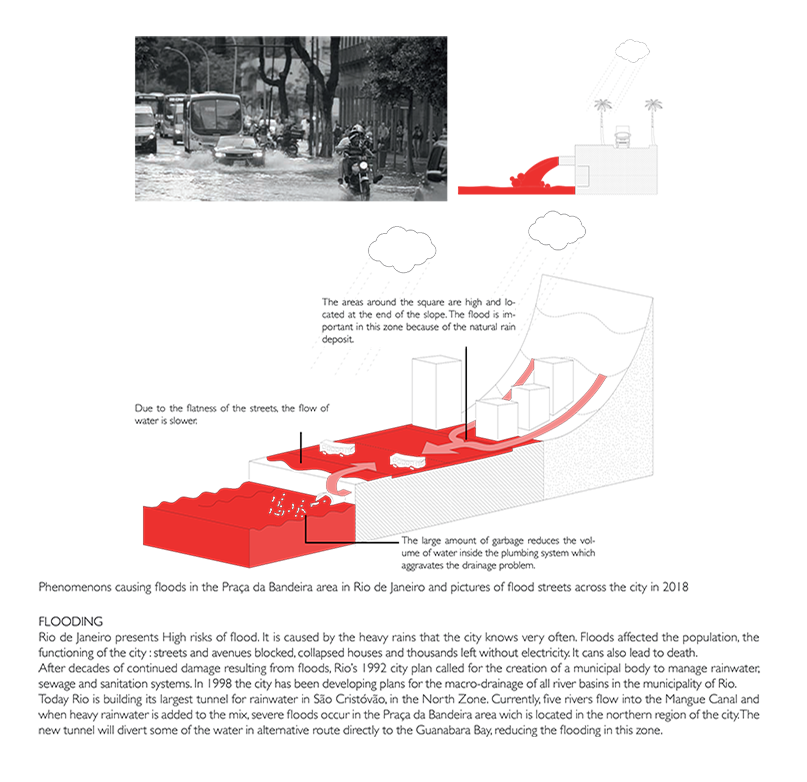
AA: What differences do you see in the way architecture is taught in France and in China?
IG: It is difficult to compare the two teaching cultures fairly because in Versailles we particularly focus on architectural projects and urban planning design, while at Tongji, the urban planning department with whom we have this partnership only teaches urban planning with a very strong sociological basis. Our French students learn how to conduct research and how to use databases according to the Tongji approach and the Chinese students learn how to draw and design with us.
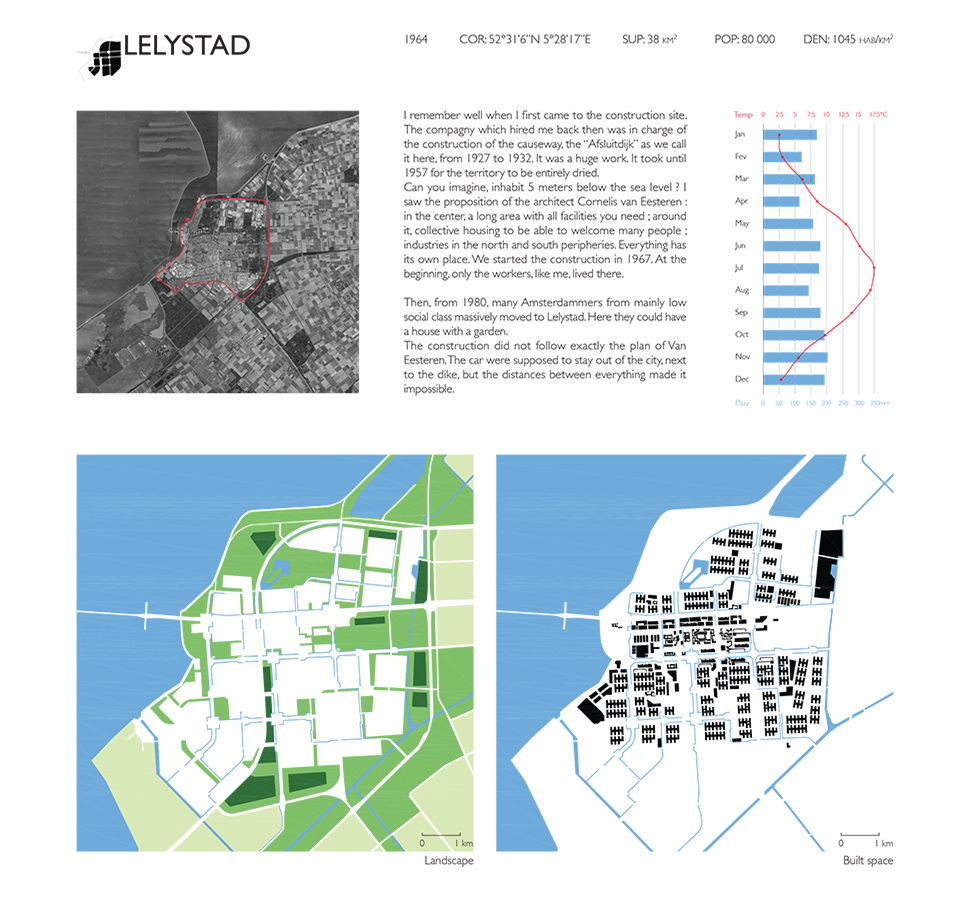
AA: Wang Shu and Lyu Wenyu, with their firm Amateur Architecture Studio, have many followers in France. What about Chinese students?
IG: Tongji University does not work along the lines of the New Academy of Art of Hangzhou where Wang Shu and Lu Wenyu teach. I think there is even some kind of competition between them. We have seen common concerns arise in the last three years though. Our Chinese students are now very much focused on research themes with societal challenges such as intergenerational projects, housing for rural migrants (nongmingong) in Shanghai or renovations of abandoned villages. They are more interested now in the connections between districts, the densification of city centres with strong environmental qualities, informal activities in public spaces or the reconnection of the countryside into the city, through mixed-use programmes and buildings. However, questioning of the destruction of entire areas of old cities is not yet a concern. Such positions are definitely difficult for them to adopt as their main employers, upon graduating, will be state-run urban planning institutes.
Find Ingrid Taillandier’s interview in AA’s 431th issue – China’s committed architects – available on our online store.

